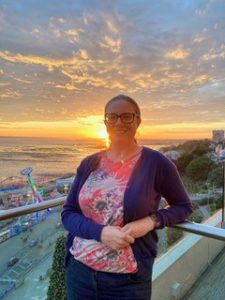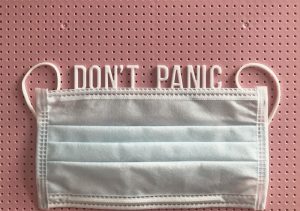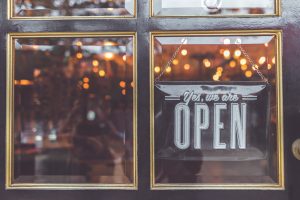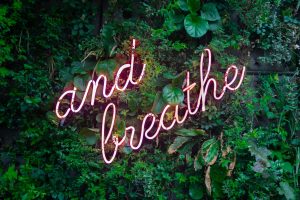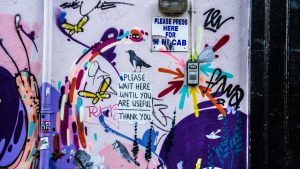
In my professional life I applied the same strategies when going for job interviews or important meetings where I would meet new people. I carried this strategy into my facilitation career, which I started 3 years ago. I soon found out that as simple as it might look, the ways of causing a good first impression in facilitation are slightly more complex than I had imagined.
I have had a portfolio career, working with blue chip companies, NGOs and academia. Throughout all my roles, I had contact with senior companies; so dressing-up smart was the norm. When I started facilitation I realised that I was always overdressed. When people came to the workshops, even if they were from multinationals, they expected a more relaxing environment and thus a less formal attire. I quickly retired my suits and brought my smart jeans out of the closet.
First impressions in facilitation
First impressions in facilitation, however, are more than the type of clothes you wear. I noticed this in the first leadership workshops I facilitated in Brazil using the Oasis’ Whole Person Facilitation approach. Because the approach was such a new concept to the group, despite me dressing in business attire, participants were suspicious of me, of the approach itself and of the outcomes they would reach at the end of the two days. They were not brought into the idea of doing things differently. Everything bothered them, from sitting in circles without tables in front of them, to going for a reflective walk and expressing their opinions through drawings and metaphors. The impact of them not being fully emerged into the exercises led to a sub-optimal outcome. At the end of the two days, they were supposed to come up with an applied project that showed leadership and transformational impact. The projects that emerged were, in their majority, of low impact.
After that experience, I reflected and realised that I needed to spend a bit more time in the contact phase, which is the first phase of the Oasis Seven Stage Model. In the following groups going through the same workshop, I have given more emphasis in the beginning about my facilitation journey, how I had started my career as an Engineer in ExxonMobil, then going into NGOs, academia and consultancy before having an epiphany moment and changing my life to become a facilitator and independent consultant. The combination of my experiences gave the groups the reassurance they needed to trust that I knew what I was talking about and what we were doing. I was pleased to see that the outcome of the workshops were completely different, and included projects such as building a wind turbine to generate electricity for a water treatment plant.
There is never a one-size-fits-all approach to facilitation. With every new group, I now make an assessment of their expectations. Depending on the group, sometimes I spend more time introducing myself, sometimes I spend more time talking about the methodology that underpins the agenda and sometimes both. My attire during the different days might also change. It can go from more formal in the first day to more informal in the subsequent days. How long to spend in each of these phases is a judgment call at the start of a programme.
First impressions count, but deeper connections are more meaningful.





